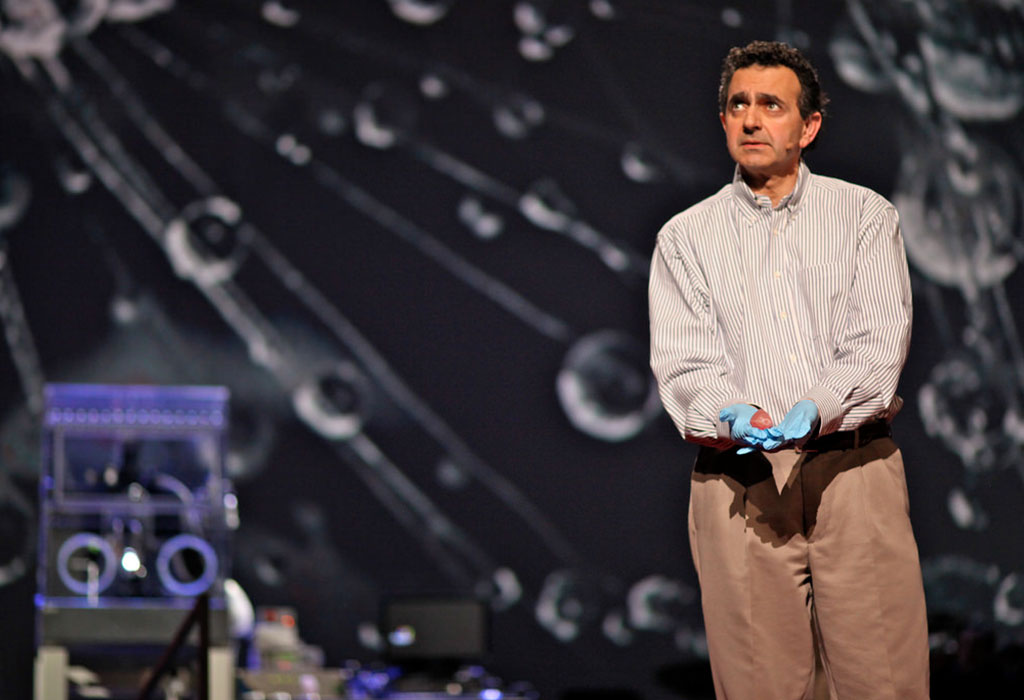Making the organ donor list history
There are currently around 1600 people on the organ transplant waiting list in Australia. Many researchers hope that within 20 years, these lists will be a thing of the past. They imagine a world in which an organ can be printed and transplanted in just a few hours, without rejection from the body. These printed organs will be created from a patient’s own cells, perfectly matching the exact size, specifications and requirements of each individual.
At present, the bioprinting of fully functional complex internal organs (such as hearts, kidneys and livers) is at least 10 years away, possibly more, but advancements are occurring at a rapid rate.
Less complex organs—such as bladders—are already possible. At the Wake Forest University in the United States, researchers took cells from a patient’s original, poorly functioning bladder, cultivated them, and added additional nutrients. A 3D mould of the patient’s bladder was then printed and the cultivated cells soaked through it. The mould was placed in an incubator—a bit like baking a cake—and, when it came out, was able to be transplanted into the patient’s body. The mould will eventually break down, leaving only the organic material behind.
While bioengineers have successfully printed a tiny (1 millimetre thick × 4 millimetres wide) 3D functioning liver, it survived for only five days. It’s a start, but there’s a long way to go.

Kidneys are also incredibly difficult as they contain complex cellular processes for filtration—not something that can be easily replicated. Researchers in Australia have used human stem cells to grow a kidney organoid (clusters of cells that organise themselves into smaller versions of our organs) which contain all the required cell types for a kidney. Such cells may provide a valuable starting source for bioprinting a more complex kidney structure.
Amazingly, hearts may be one of the easier organs to make, as they’re essentially a pump with tubes. Of course, it’s not quite as simple as that, but many researchers believe that we’ll have transplantable biohearts before kidneys or livers. Researchers in the United States have created 3D printed, beating cardiac cells, which are shaped using a specialised 3D printer and are, essentially, fully functional.
While it’s easy to print a full replica of an organ, it’s more difficult to make it ‘real’, with blood vessels, connecting tissues, nerves, filtration systems, strength, durability and all the aspects that go in to making our ‘natural’ organs so complex.
However, these challenges aren’t putting off the many researchers who are working to find solutions to these intricate problems.





